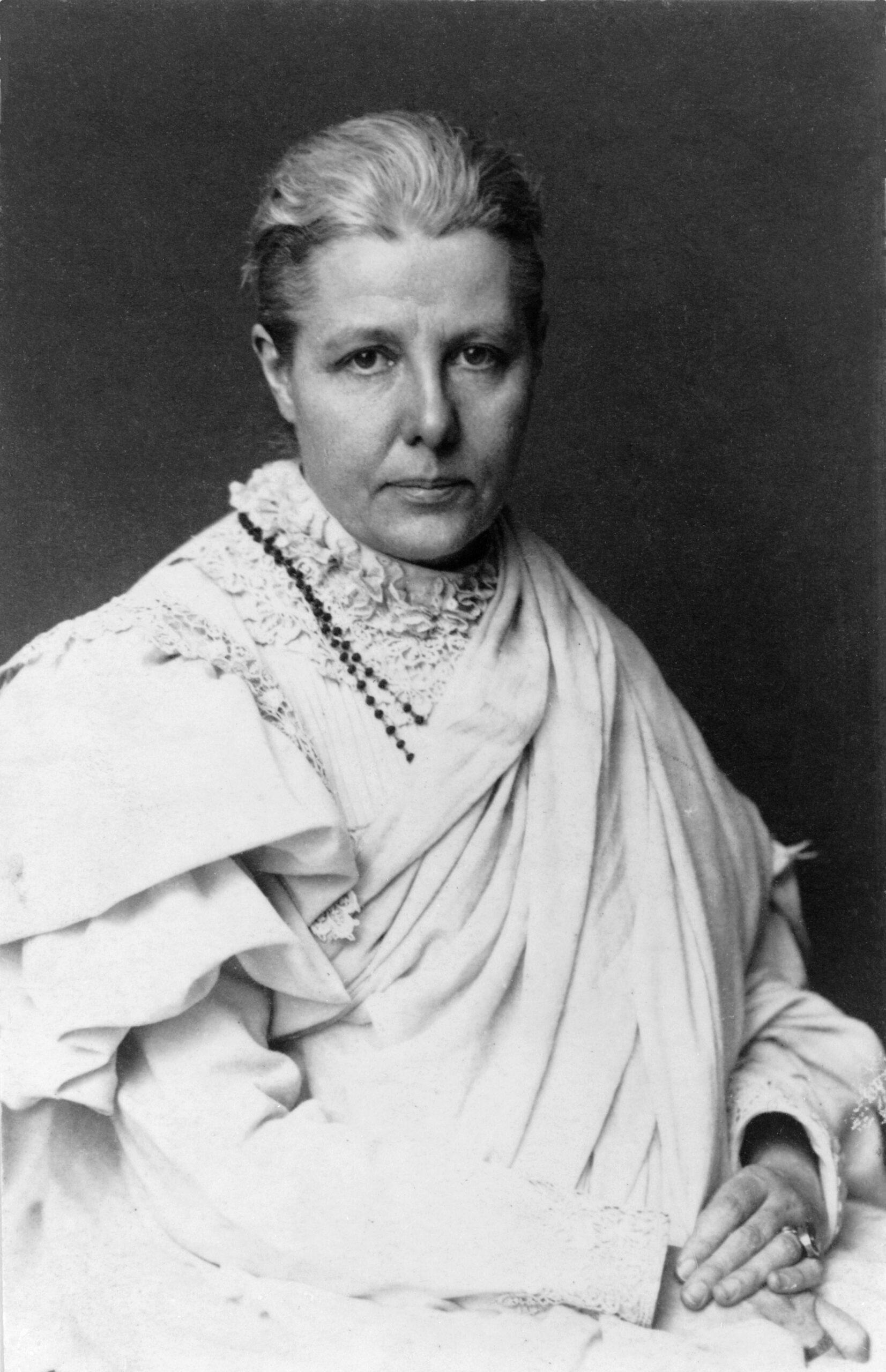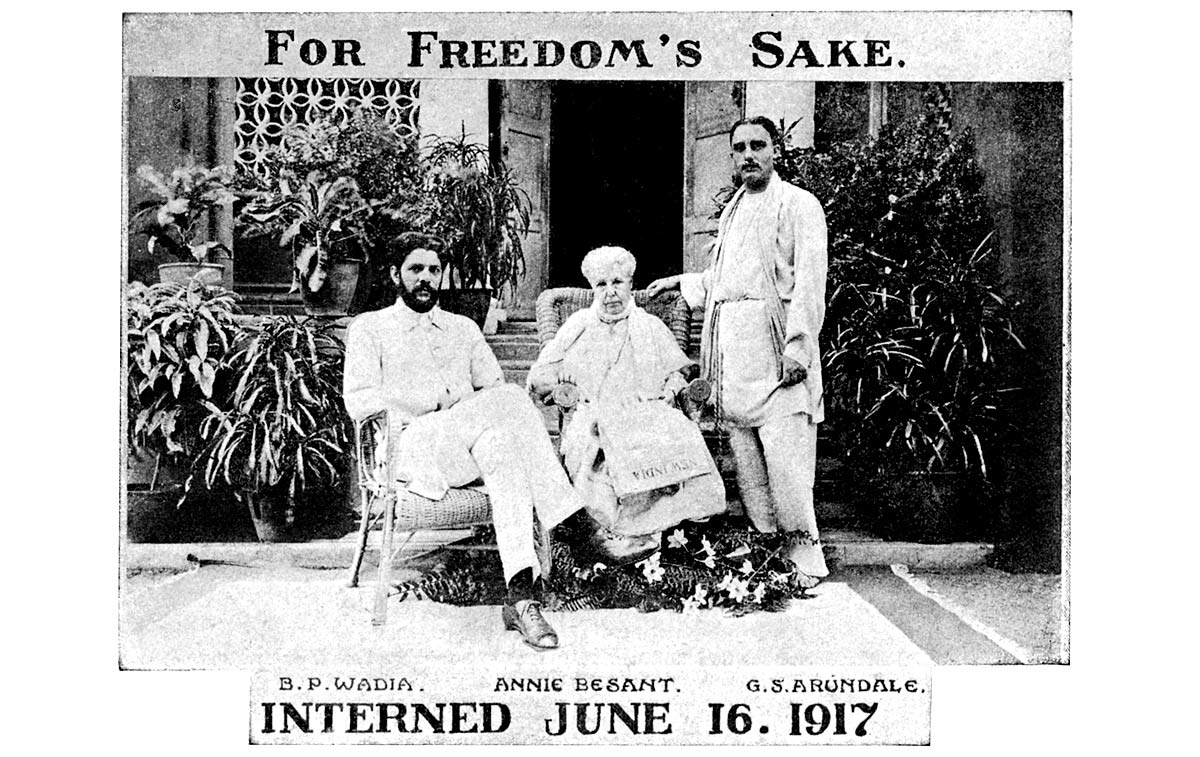Home Rule Movement was launched by Indian Nationalists in 1916 as a response & reaction to circumstances prevailing in India. Term Home Rule was used for the first time in India by Annie Besant. It was adopted by Ireland were was similar movement was going on against British Rule.
Home Rule Movement having two branches, the first branch was headed by Tilak with its headquarter at Pune. It’s started Home Rule Movement on 28 April 1916. The second branch laid by Mrs. Annie Besant was headquartered at Adyar (near Madras). It started the movement in September 1916.
The geographical area where divided among these two branches so that supporter of both don’t clash. Central provinces Maharashtra except Bombay & North Karnataka were under the Poona branch laid by Tilak. Another part of India including Bombay was under the Adyar branch laid by Annie Besant.
The emergence of the Home Rule Movement

The colonial character of British rule prevailing in India was the most important factor behind the launching of the Home Rule Movement. The policy of repression & suppression being followed by the British created immediate circumstances for launching the Home Rule Movement.
In 1916, World War I was going on Defense of India act 1915 had replaced the normal law of the land. The extreme restriction was enforced against public activities as a result of this the morale of the masses was going down. The leaders like Tilak & Besant knew if no mass agitation launch immediately then the morale of common masses would get shattered completely& it would be very difficult in the future to launch any struggle against British Rule. So without worrying about war tying conditions Indian Nationalists decided to launch Mass Movement in 1916.
The extreme economic hardship being faced by the common masses in India was also responsible for the launching of the Home Rule Movement. Items of common use were being exported to meet the needs of the armed forces. As a result of this, serious economic scarify had developed in India & the suffering of common masses had increased enormously. It was the discontent produced by this suffering that forced leaders like Tilak & Besant to launch Mass Movement.
Objectives of the Home Rule Movement
The fundamental objective of this movement was to convince British Rule that grants of the Home rule to India (Swaraj) would be in larger British interest because self-ruled India would be in a better position to help Britain in war efforts.
The movement launched to popularize the idea of Home Rule among the masses & to mobilize so that the British could be pressurized to grant Home Rule to India. The movement was launched to opportunity for discontent prevailing in heart & mind of masses to come out positively so that struggle against British Rule could be compelled to grant self-rule to India.
Methods & Strategy Adopted by the Home Rule Movement
The Home Rule Movement was a non-violent constitutional movement. Home Rule League didn’t want to create any difficulty for the British at a time when the empire was struggling to save its existence against Germany. Peaceful rallies were organized for mass mobilization. Newspapers were used to spread the message of Home Rule among the masses & to carry nationalist awakening to new heights. Tilak used his papers the “Maratha” & “Kesari”. Besant used her papers “New India common wheel”.
British Response to the Home Rule Movement
Even though the Home Rule Movement was a non-violent, constitutionalist movement Government took every possible measure to suppress it. Provision of defense of India act 1915, was used to curve nationalism act & mass agitation.
Newspaper act 1908 & Indian press act 1910 were used to prevent the propagation of nationalist’s agenda through the newspaper. Circular was issued to prevent the participation of students in national activity. Annie Besant was put under house arrest to prevent her participation in nationalist activities.
Significance of Home Rule Movement
Home Rule Movement was one of the most significant national agitations launched in the history of India’s struggle against British Rule. Though it failed to reach the objective of attaining self-rule for India. But still, its significance was great. The environment of political passivism prevailing in India since the end of the Swadeshi movement got transformed into political activism.
Mass agitation was organized all over India. Anti-British discontent prevailing in the heart and mind of masses came out in open. Home Rule Movement raised the level of nationalism awakening to a new height because lacs of Indian participated in it.
This movement allowed extremist leaders to regain their lost mass base on the one hand & the other hand, moderate leaders got pushed into oblivion forever. The election of Mrs. Annie Besant as congress president in December 1917 symbolized the establishment of complete control on extremists on congress. Pressure built by Home Rule Movement forced the British government to change its policy towards India.
The British government didn’t grant Home Rule to India immediately but it accepted that the ultimate objective of the ongoing process of constitutional reform is to grant dominion status to India. This announcement was made by the secretary of state of India Montague in August 1917 & it’s famously known as “August Declaration”/Montague’s.
This declaration changed the British approach towards India fundamentally because the demand for self-rule was no longer called as radical revolutionary demand. Hereafter, it never attracted charge of edition.

